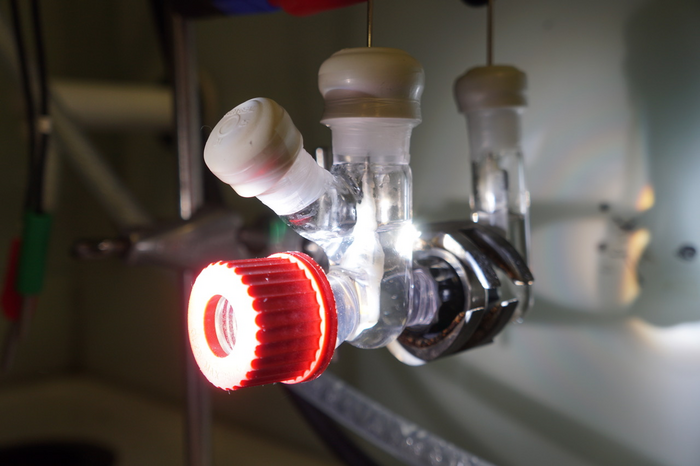New reactor converts plastics and greenhouse gases into sustainable fuels
Researchers at the University of Cambridge have developed a solar powered reactor which can transform plastic waste and greenhouse gases into sustainable fuels.
This is a pioneering discovery which could provide a solution to the wide-reaching problem of plastic pollution and harmful greenhouse gases.
Carbon dioxide could be transformed into syngas, a key ingredient for sustainable fuels, while plastic bottles could be turned into glycolic acid, which is commonly found in the cosmetics industry.
‘Converting waste into something useful using solar energy is a major goal of our research,’ said Professor Erwin Reisner from the Yusuf Hamied Department of Chemistry, the study’s senior author. ‘Plastic pollution is a huge problem worldwide, and often, many of the plastics we throw into recycling bins are incinerated or end up in landfill.’

Other solar powered ‘recycling’ technologies have shown they can reduce plastics and carbon dioxide, but this is the first time both issues have been addressed in a single process.
‘A solar-driven technology that could help to address plastic pollution and greenhouse gases at the same time could be a game-changer in the development of a circular economy,’ said co-first author Subhajit Bhattacharjee.
The reactor has two separate compartments for plastic and greenhouse gases and researchers designed different catalysts which could change the end product.
Tests under normal temperature and pressure conditions showed the system could convert PET plastic bottles and CO2 into fuels much quicker than average photocatalytic CO2 reduction processes.
‘Generally, CO2 conversion requires a lot of energy, but with our system, basically you just shine a light at it, and it starts converting harmful products into something useful and sustainable,’ said co-first author Dr Motiar Rahaman. ‘Prior to this system, we didn’t have anything that could make high-value products selectively and efficiently.’
The team believe the reactor has a lot of potential and that they could make even more complex products just by changing the catalyst.
Funding from the European Research Council is set to support the project’s development, with plans to experiment with what other products could be produced over the next five years.
Photo provided by the University of Cambridge












